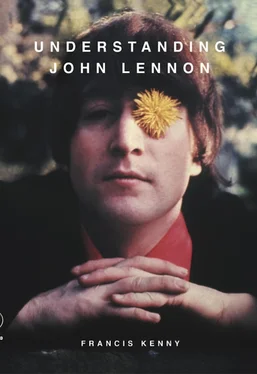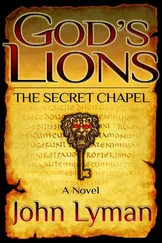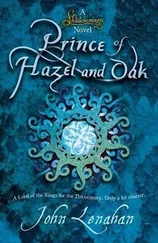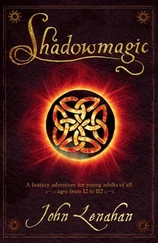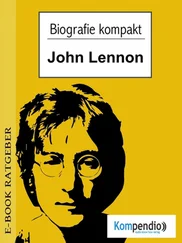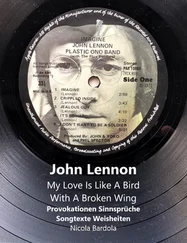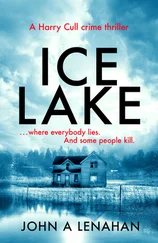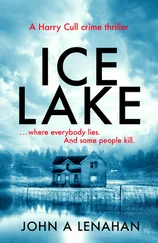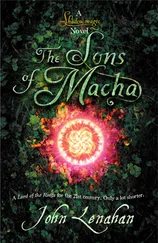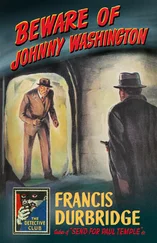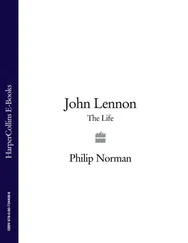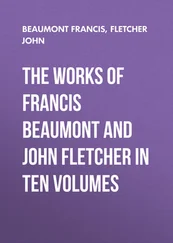1947Mimi changes John’s school, which meant he became further away from his mother’s home.
1948At school John becomes ill-disciplined and aggressive.
1949John immerses himself in books, poetry and story writing, which became a refuge from his emotional turmoil.
1950Mimi takes in lodgers from the local university, meaning she and George sleep downstairs while John’s upstairs box room is flanked by rooms containing students.
1951John passes Eleven Plus exam, which gains him entrance into Quarry Bank, the local grammar school.
1952John forms a gang: he is influenced by his story book hero Just William . John is the leader.
1953John’s poor discipline, shoddy class work and bullying behaviour continue at Quarry Bank.
1954John discovers his mother lives only a mile away from Mendips.
1955A skiffle craze hits the UK and John is one of the 10,000s of youngsters who form skiffle groups.
1956John discovers rock ’n’ roll and Elvis, and while playing at a local fête with his band The Quarrymen, he meets up with Paul McCartney.
1957John starts at Liverpool Art College. John’s Quarrymen now includes Paul’s friend, George Harrison.
1958In the summer John, Paul and George ‘cut a disc’ at a local recording studio. The next day his mother is involved in a fatal car accident.
1959The group change their name from The Quarrymen to The Silver Beetles and conduct a short tour of Scotland.
1960The name of John’s band changes again to The Beatles. Pete Best joins on drums as they embark on a 12-week engagement at the Indra club in Hamburg.
1961Brian Epstein visits The Cavern Club where The Beatles had become the club’s resident band and offers to be their manager.
1962Brian secures a recording contract with Parlophone Records for the band. John marries Cynthia. Ringo Starr joins The Beatles as Pete Best is sacked weeks before the release of the group’s first single ‘Love Me Do’.
1963The second and third release of The Beatles’ singles, ‘Please Please Me’ and ‘She Loves You’, ignites the beginning of Beatlemania. John’s son Julian is born.
1964The Beatles arrive in New York for The Ed Sullivan Show and a TV audience of 73 million. The same year sees the cinema release of the group’s film A Hard Day’s Night .
1965John’s confessional song ‘Help!’ becomes the title for the band’s next feature film of the same name. The Beatles become heavy users of marijuana and begin to experiment with LSD.
1966The band stop touring and The Beatles’ music takes on a major sea change with their album Revolver , its direction being foreshadowed by its precursor, Rubber Soul , the previous year.
1967The Beatles’ album Sgt. Pepper’s Lonely Hearts Club Band is released against the backdrop of the counterculture hippy movement and general alternative lifestyles of young people.
1968The Beatles immerse themselves in Indian culture and meditation. In July of this year Brian Epstein dies due to an overdose of barbiturates. John takes a strong interest in the avant-garde and meets Yoko Ono. The band produce a double album commonly known as the White Album .
1969The personal and musical differences in the band along with complex financial issues means that the last two Beatles albums come out in reverse order, the last album Abbey Road appearing before the previously recorded Let it Be . John marries Yoko and uses his honeymoon as a vehicle to promote his new-found support for world peace.
1970John continues to go his separate way from The Beatles socially and musically, committing himself more to Yoko and his solo efforts. On 31 December, Paul applies to the High Court for the dissolution of The Beatles.
1980John shot dead outside the Dakota building in New York.
Introduction
JOHN LENNON was one of the most radical and controversial musical icons of the 1960s. Even forty years after his death, he still remains celebrated around the world as a figure of musical genius, and one of deep contradictions. Despite his global fame, John’s ‘real identity’ has been notoriously difficult to pin down. His famously challenging and confrontational attitude can be readily linked, however, to his formative years in his hometown of Liverpool. John’s life began, and tragically ended, in two different port cities – Liverpool and New York – each facing each other across the Atlantic Ocean, each on the edge of their own countries, ports whose histories were defined by the contradictory cultural norms of their home country – edgy cities, sister cities, bonded together by a transatlantic trade route and an Irish diaspora.
As a child, John’s mind seems to have been a fog of confusion, ‘rejected’ by both parents and forced to accept life under an aunt who was, by all accounts, a dictatorial head of household. This left him isolated and constrained. For the young John, the restrictive and critical atmosphere during his time being brought up at his aunt’s home, Mendips, fashioned emotional scars that never fully healed. From almost the time of his separation from his mother Julia, John began to develop defensive, hostile and aggressive behaviours. Even with the long-awaited success of The Beatles, he still couldn’t shake off the dread of being unloved that he had carried with him since his early years. Although he was known to wear his emotions on his sleeve, shown with brutal transparency in songs such as ‘Help!’ and ‘Nowhere Man’, to a large extent his childhood memories were so painful that most of the bruises remained on the inside. He may have remained forever hostage to his childhood, but it was during this time that the young John learned to use his talent as a barrier against the intermittent periods of despondency.
It was at Mendips that the apprenticeship of his creativity was to be found in the self-defence mechanism of isolation, of story writing, books and poetry. This insular but creative lifestyle was to nurture his art, and later, the studio would make this creativity available to a wider audience. In many ways, John fits neatly into the stereotype of the tortured artist. As John himself declared:
All art is pain expressing itself. I think all life is, everything we do, but particularly artists – that’s why they’re always vilified. They’re always persecuted because they show pain, they can’t help it. They express it in art and the way they live, and people don’t like to see that reality that they’re suffering. 1
As a musician and artist, he displayed a fierce independence and marched to the beat of his own drum, but at the same time he was dogged by insecurity, pessimism and depression. For all his musical and artistic success, John was forever haunted by fears, living most of his life shadowed by doubt. On meeting John, Stuart Sutcliffe’s sister Pauline was to comment that ‘John’s whole history speaks to a desperate kind of nurturing’. 2
As a teenager, John’s character and musical creativity were strongly influenced by his attempts to gain access to and acceptance in a culture of rock ’n’ roll. For John, this culture was to be found in a largely blue-collar teenage population in Liverpool’s inner city. He was determined to shed a background in the leafy boulevards and manicured parks of Woolton by adopting a smokescreen of rebelliousness, sarcastic wit and belligerence. He desperately needed to have a grounding to support his vulnerable self-esteem. It was in rock ’n’ roll that he found an identity which was to be crucial and life-saving. John’s life support of music and writing was also to be supplemented by the cultural impact of the city and port of Liverpool. John desperately needed and wanted the raucousness, spontaneous humour and vibrancy that could be found in Liverpool’s blue-collar life.
Читать дальше
